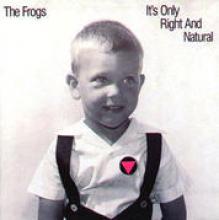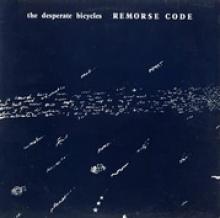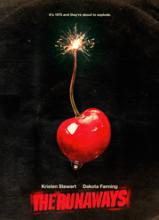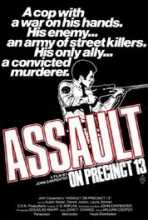The Comedians of Comedy: Intelligent Nerds as Psuedo Rock Stars
Any good documentary effort should possess some sort of narrative arch. Whether it’s preconceived or arises out of the footage organically, the arc functions as a way to maintain the audience’s attention and hopefully interest.
That being said, performance films don’t generally adhere to that format, instead (and obviously) focusing on a series of live footage focused on revealing interesting moments of one’s craft whether it’s a good solo, a funny joke or just some audience member being assaulted by police after causing a disturbance.
For the Comedians of Comedy, a film detailing a tour undertaken by Patton Oswalt, Brian Posehn, Zack Galifianakis and Maria Bamford, the latter approach of cobbling together shows is utilized. I mean, what kind of plot could emerge from that set up?
Probably none. But the film works.
Oswalt begins the film by lamenting the fact that trailblazers don’t generally find mass appreciation. It’s the subsequent generation, imbuing these originator’s ideas that finally make some sort of impact on the broad, general culture. Of course he’s right and somehow doesn’t come off as a jaded old man. But for a guy whose appeared on big and small screens alike, it seems a bit out of step.
Regardless of Oswalt’s notoriety (or Posehn’s which is brought up a few times throughout the film), the clutch of comedians that head out on the road for the tour figured that performing in dingy bars, most accustomed to hosting music events, would be beneficial for their general fan base – a fan base, perhaps not well heeled enough to shell out thirty bucks to hang out at some comedy club. It’s not quite a gimmick, Neil Hamburger does basically the same thing with less attention focused on him. But the basis to all of this seems to point out that stand up comedy has as much bullshit inherent in it as any other portion of the entertainment industry.
Of course, stand up comics are getting a few million to perform one set a night, but there is a sterilized version of comedy that gets passed off on the American populace, turned into lame television shows, spin off movies and Dane Cook cds. Bummer.
Oswalt and company don’t really outline how or why a shift towards their sensibilities is going to occur – or even if that’s a good thing. But there’re enough odd and surprising punch lines throughout The Comedians of Comedy to keep just about anyone’s attention.





